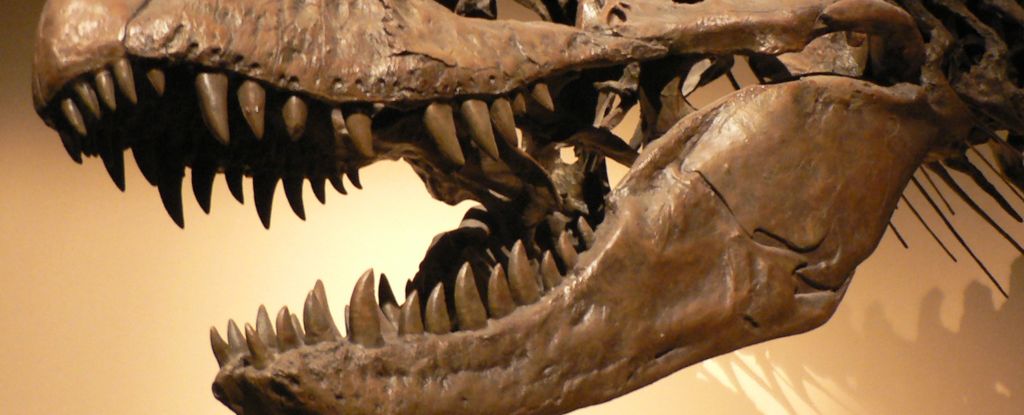
A recent study examining the skulls of 18 different carnivorous dinosaur species has uncovered significant variations in their feeding strategies. Researchers from the University of Bristol, led by paleobiologists Andre Rowe and Emily Rayfield, utilized advanced scanning techniques to create 3D models of these skulls, allowing them to simulate the biting mechanics of each species.
The analysis highlights that not all carnivorous dinosaurs employed the same methods to consume their prey. For instance, the skull of the iconic Tyrannosaurus rex is adapted for a powerful crushing bite, akin to that of modern crocodiles. In contrast, other predators, such as Allosaurus, had less robust jaws better suited for slashing and tearing flesh, resembling the feeding style of Komodo dragons.
Understanding Feeding Mechanisms in Theropods
The dinosaurs studied are all classified as theropods, a group that includes some of the largest two-legged animals known to science. Independent evolutionary paths led to the development of massive predatory dinosaurs like tyrannosauroids, megalosauroids, and allosauroids, each reaching impressive sizes. The diversity in skull morphology suggests a variety of feeding strategies tailored to their specific ecological niches.
Rowe noted, “Tyrannosaurids like T. rex had skulls that were optimized for high bite forces at the cost of higher skull stress.” This finding emphasizes a complex relationship between a dinosaur’s size and the stress exerted on its skull during feeding. Interestingly, some smaller theropods, such as Raptorex, demonstrated the ability to deliver stronger bites with greater stress than larger species like Acrocanthosaurus.
This biomechanical diversity indicates that ancient dinosaur ecosystems supported a wider range of carnivorous behaviors than previously assumed. Rowe elaborates, “This suggests less competition and more specialization among giant carnivores.”
Implications of the Research
The study, published in Current Biology, sheds light on the evolutionary adaptations of these prehistoric giants and their feeding habits. By analyzing the stress patterns in skulls, the researchers have opened new avenues for understanding how different species thrived in their environments.
This work not only enriches our comprehension of dinosaur biology but also enhances our knowledge of the ecological dynamics of their time. As scientists continue to explore the complexities of these ancient creatures, the findings underscore the importance of studying physical adaptations to better grasp the evolutionary history of life on Earth.






